Momofuku Ssam Bar’s Simplified Sichuan Pork Ragu
Imagine a tangle of noodles that’s the “bastard love child of Bolognese and mapo tofu.”
How could that not be good, right?
That’s the apt description of this “Sichuan Pork Ragu” from the cookbook, “Lucky Peach Presents 101 Easy Asian Recipes” (Clarkson Potter) by Peter Meehan and the editors of Lucky Peach magazine.
The clever cookbook is a showcase of familiar Asian dishes (“Green Papaya Salad”), with some creative liberties taken at times (“Miso Clam Chowder), that’s highly seasoned with irreverent musings.
Take the “Rotisserie Chicken Ramen,” in which the editors anticipate your question of “Do I really need to cook this for TWO HOURS??” The answer is yes, if you want the flavor at its peak. There’s the recipe for “Dashimaki Tamago,” the traditional Japanese sushi egg omelet, in which the editors offer encouragement by writing, “I always thought making this kind of omelet was some next-level ninja thing until we started working on this book. Now I know it can be made in 10 minutes flat, and the worst thing that will happen is that it won’t be as pretty as the one in this picture.”
This Sichuan ragu is a simplified version of one from Chef David Chang’s Momofuku Ssam Bar in New York. I love this sweet-spicy, chunky ragu because it’s a change-up from the usual Italian pasta dish, yet it’s as easy and comforting as one. It’s also faster to make than an authentic bolognese.
The flavor profile is indeed Asian with the addition of Korean fermented chili bean paste and lip-tingling Chinese Sichuan peppercorns. But the heat is more warming on the palate, not scorching. The bok choy rounds out the dish and adds a perfect bitter note and al dente toothsomeness.
It’s not as abundantly saucy as a true Italian ragu or mapo tofu. But there’s plenty to amp up a pound of spaghetti noodles, which is what I tossed it all with.
Whether you use a fork or chopsticks, you will dig in lustily.
Sichuan Pork Ragu
(Makes about 1 quart or 4 servings)
2 tablespoons neutral oil
2 large yellow onions, halved and thinly sliced (about 5 cups)
1 pound ground pork
1 tablespoon chopped garlic
2 tablespoons doubanjiang or gochujang (spicy chili-bean paste)
1 tablespoon Sichuan peppercorns
1 teaspoon chili flakes (preferably gochugaru)
1 tablespoon soy sauce
1 tablespoon sugar
1/4 cup water
Kosher salt
2 cups coarsely chopped bok choy
Cooked fresh wheat noodles (lo mein or ramen), rice noodles, spaghetti, or rice if that’s what you feel like having
Thinly sliced scallions, for garnish
Heat 1 tablespoon oil in a 3-quart saucepan (or a wide deep skillet) over medium heat. Add the onions and cook, stirring and folding, until the onions are light golden but still retain their shape, about 15 minutes. Scoop the onions onto a plate and wipe out the skillet with a towel.
Heat the remaining 1 tablespoon oil in the pan, then add the ground pork and cook, breaking the meat into small pieces with a spoon, until just cooked through, about 8 minutes.
Push the meat to one side of the pan and add the garlic to the pork drippings. Sweat until fragrant, 1 to 2 minutes, then remove from the heat. Stir in the chili-bean paste, peppercorns, chili flakes, soy sauce, sugar, water, and reserved onions. Season to taste with salt. At this point, the sauce may be refrigerated or frozen. Reheat before proceeding.
Bring the sauce to a simmer over medium heat and stir in the chopped greens. Cook, stirring occasionally, until the stems are just tender, 3 to 5 minutes. Serve the sauce over noodles or rice, sprinkled with scallions.
From “Lucky Peach Presents 101 Easy Asian Recipes”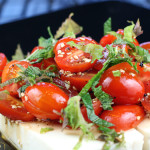
More Recipes by Chef David Chang: Cherry Tomato and Tofu Salad
And: Pork Belly Buns

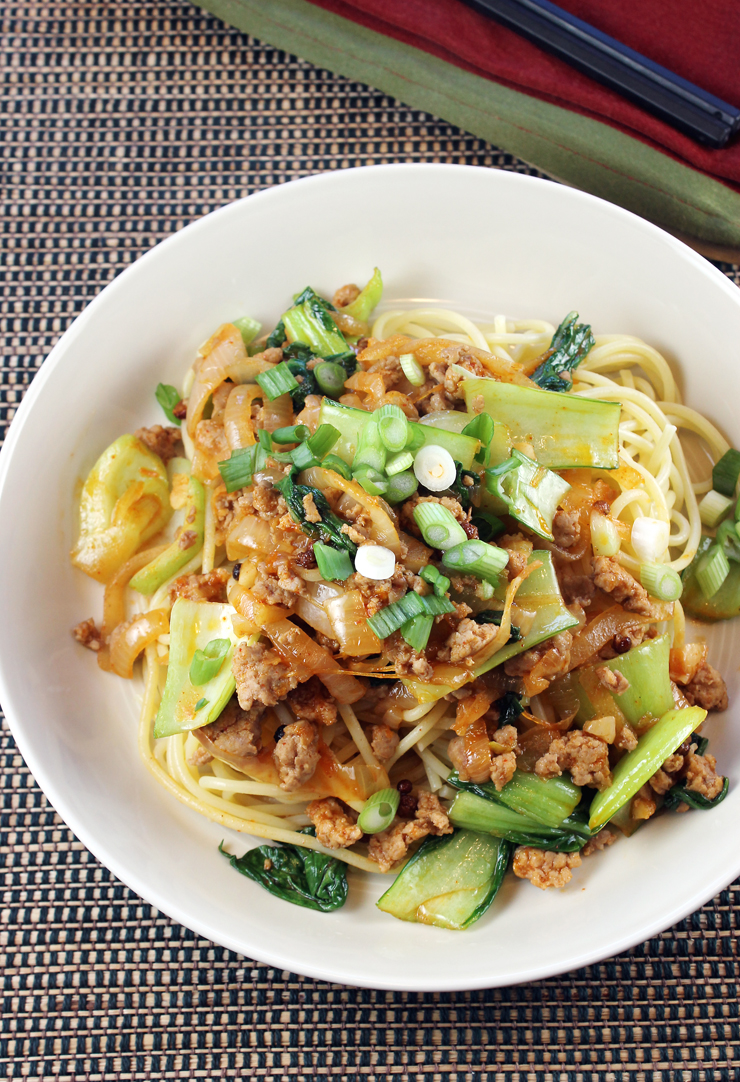
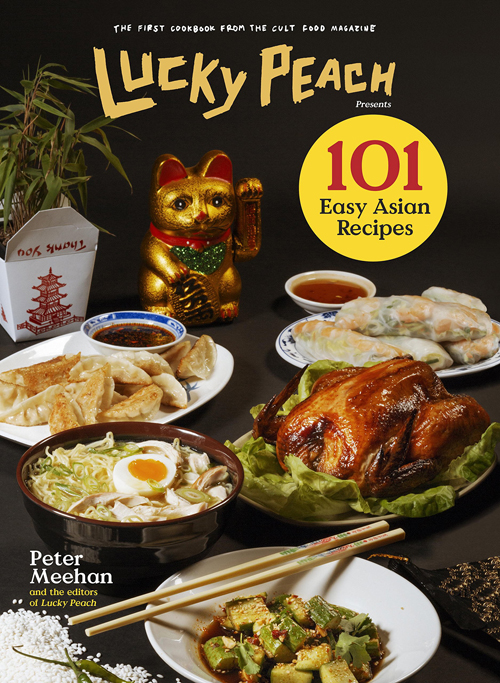
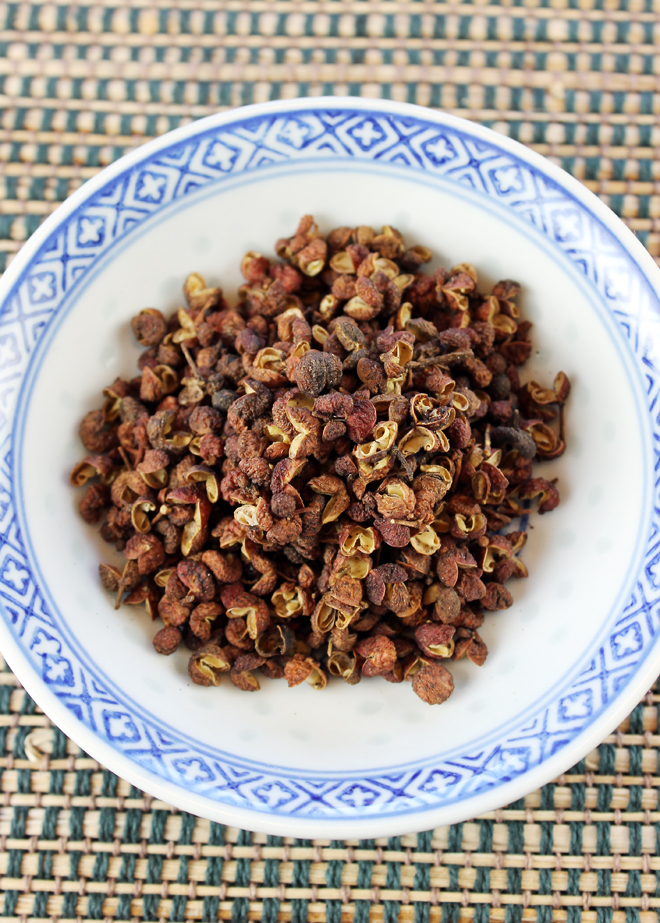
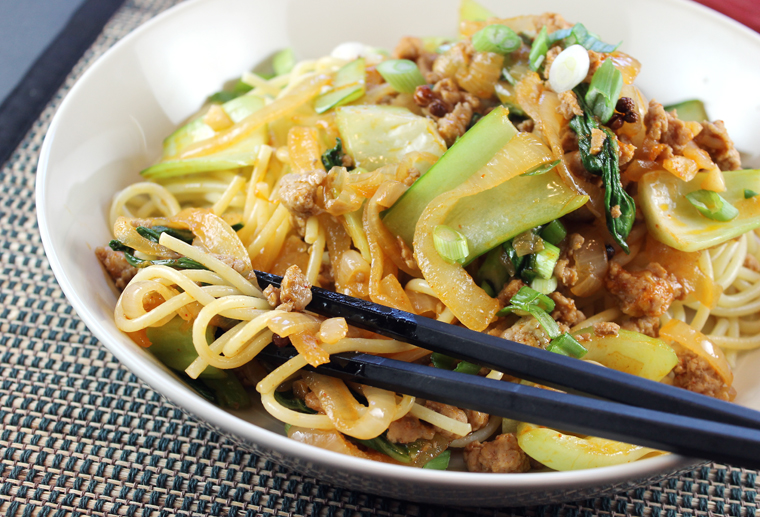

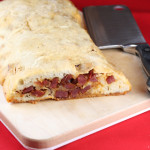
Wow. This recipe is genius. Gotta try it! And gotta get the book. Thanks!
This kind of reminds me of one of my favorite Chinese noodle dish of shredded pork and pickled vegetables! That cookbook sounds like a fun read. I’m going to New York later this year and my goal is to visit David Chang’s new Momofuku Nishi, which is a fusion of Korean and Italian cooking. This dish totally sounds like the precursor to that restaurant concept!
i keep seeing gochujang in recipes for dishes that look really great, and it’s definitely on my list of ingredients to buy! i think this dish would be delicious.
Grace: It’s so handy to keep a tub of it in the fridge. You will want to use it on many, many things.
Wow this sounds amazing! I went to the Momofuku Seiobo restaurant in Sydney a couple of years ago, and have wanted to visit the original versions in New York ever since. This ragu sounds incredible too (and a simplified version is definitely what I need!). Love how quick it is as well 🙂
Pingback: David Chang’s Best Dessert in the World | Food Gal